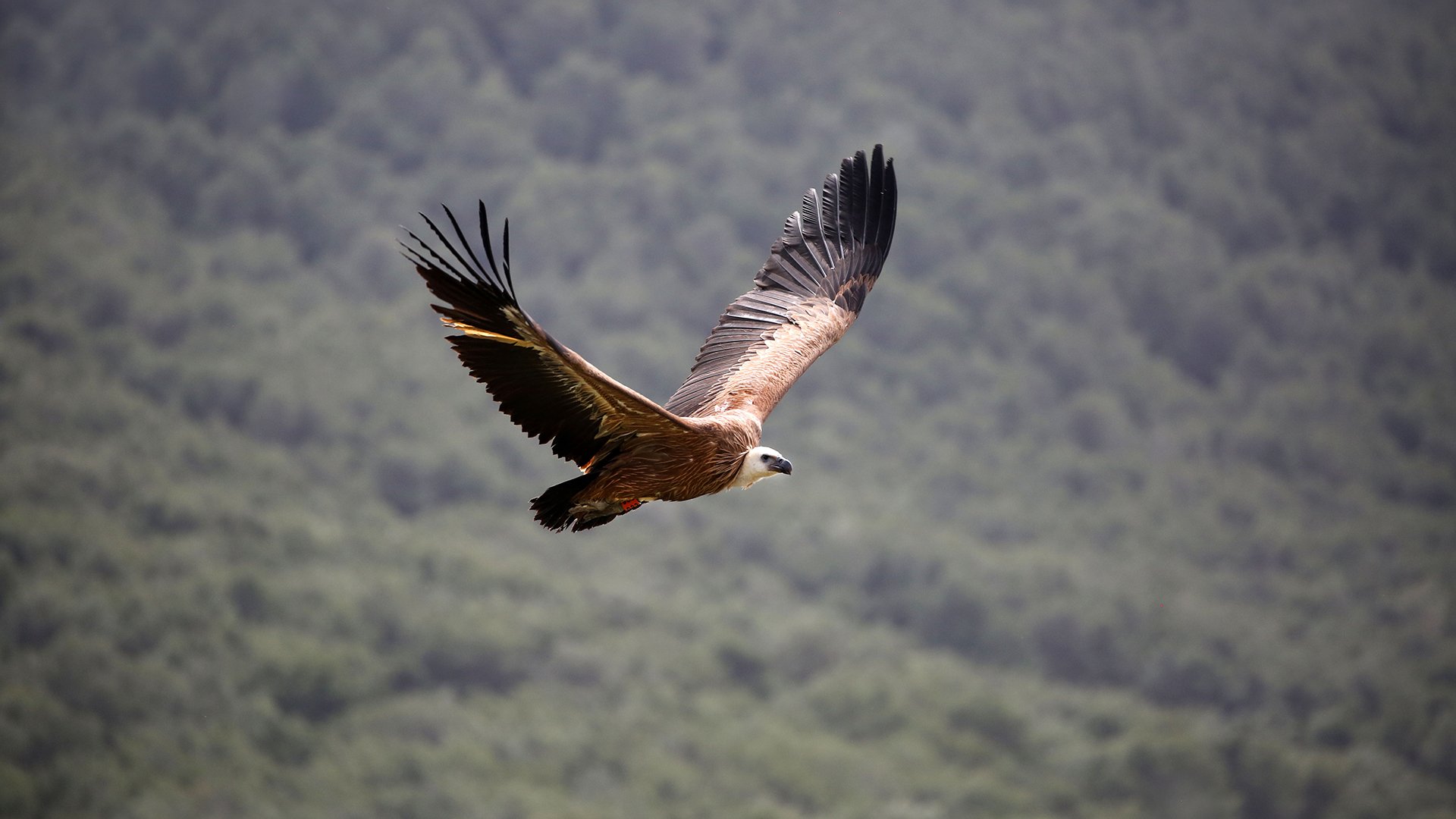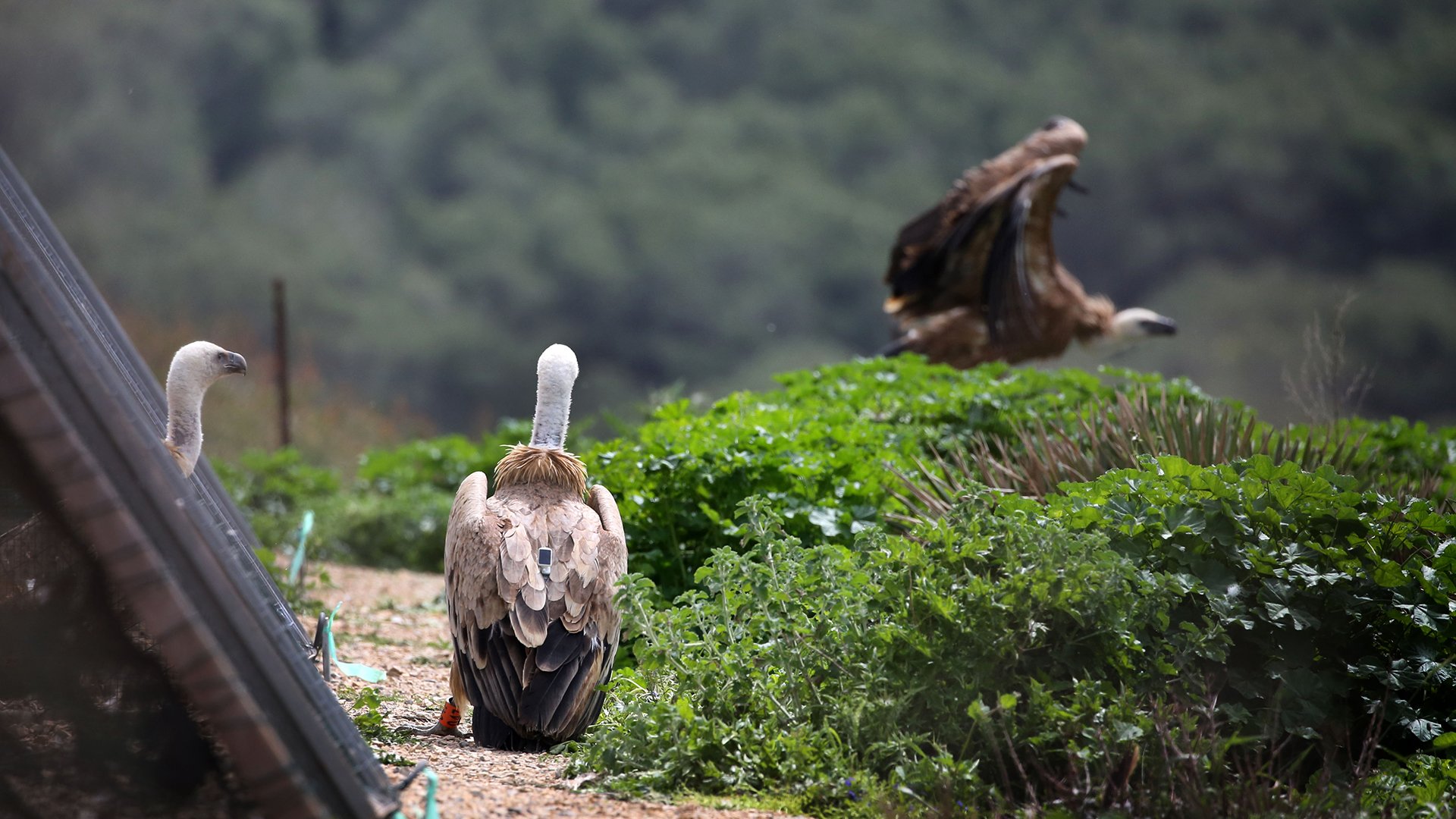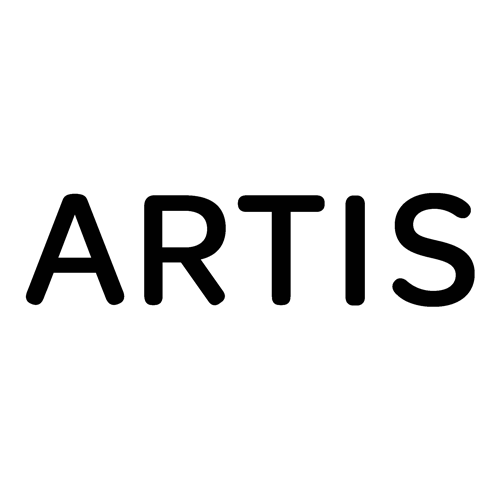
ARTIS vultures released on Sardinia
– April 16, 2018
On Saturday the 14th of April, two young griffon vultures (Gyps fulvus) from ARTIS Amsterdam Royal Zoo were released into the wild on Sardinia. Together with twelve other vultures, they are a welcome addition to the island’s declining griffon vulture population.
Hatched and raised
Both chicks hatched in the spring of 2017 in the Vulture enclosure at ARTIS. One of these chicks was raised by a pair of male griffon vultures: ‘Until the end of the brooding period, the two parents diligently took turns sitting on their adopted egg’, explains Job van Tol, animal keeper for the griffon vultures at ARTIS. A few weeks after the chick had hatched, Job was observing the enclosure: ‘One male stood guard, while the other regurgitated some meat scraps. Then a tiny beak opened under the large bird and gobbled up the pieces of meat.’
The other released griffon is the offspring of two griffon vultures from Spain that were wounded in the wild and subsequently housed in ARTIS. Their injuries meant those birds could not be returned to the wild.
Making the journey
The two young griffon vultures were transported to Sardinia on 10 January 2018. Griffon vultures are independent after just three months. At the time of their departure, the young vultures were nine and ten months old. The birds were able to get used to their new surroundings in an outdoor aviary on Sardinia before being released into the wild.
‘Incredibly impressive’
On Saturday 14 April, after a three-month stay in the aviary, the time had come and the vultures were released. ARTIS director Rembrandt Sutorius was there on Sardinia and opened the aviary to let the griffon vultures fly free: ‘It was incredibly impressive to see the vultures soaring away above us.’ ARTIS is contributing to the re-introduction of griffon vultures in this region in order to restore the population to its former level. As scavengers, they play an important role in the ecosystem and the circle of life. Sutorius: 'Vultures eat dead animals, making them nature’s clean-up crew.'

Follow the griffon vultures from ARTIS
The two young vultures from ARTIS have each been fitted with a GPS tracker which allows them to be monitored remotely. The vultures will initially remain in the vicinity of the protected area in the Parco Regionale di Porto Conte, where they continue to be fed carcasses.
For the first ten days, the young vultures from ARTIS stayed close to the location where they were released. Both birds then flew south around 24 April, joining a colony of roughly 140-160 griffon vultures there.
The vultures from ARTIS are well integrated in this group. They were always observed eating together with other griffon vultures. One of the birds, the female, is very dominant and is frequently observed actively defending her place under the shadow or close to the carcass during feeding.
Conservation and reintroduction
Griffon vultures began to decline in number in the 1970s due to farmers leaving poisoned carcasses on their property in order to kill predators. The griffon vultures, being scavengers who feed on carrion, fell victim to this practice. Since then, legislation has changed, the protection of the griffon vultures’ natural habitat has improved, and there have been a number of reintroduction programmes. Griffon vultures in Europe are now doing better. However, new threats to griffon vultures, such as being hit by vehicles when feeding on road kill or being wounded by electrical power lines, mean that protection is still required. Especially on Sardinia, where a 2013 population count found only 30 pairs.
‘Life Under Griffon Wings’
ARTIS has supported the griffon vulture reintroduction project on Sardinia since January 2018. The aim of the ‘Life Under Griffon Wings’ project of the University of Sassari is to maintain Sardinia’s native griffon vulture population.
